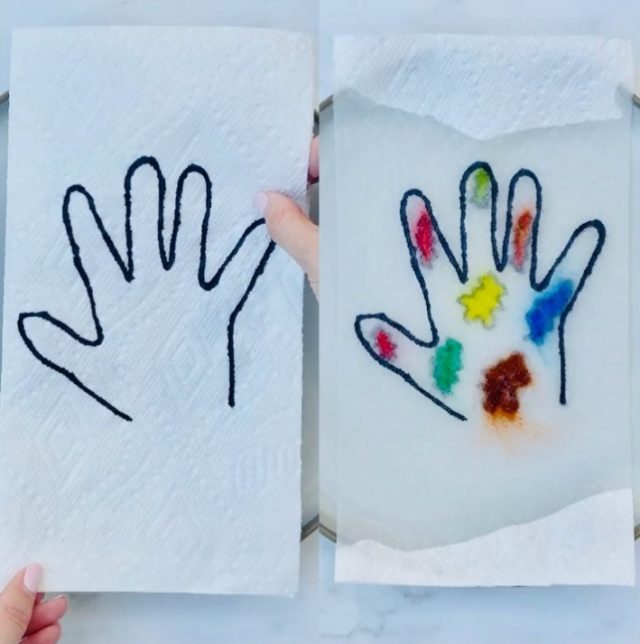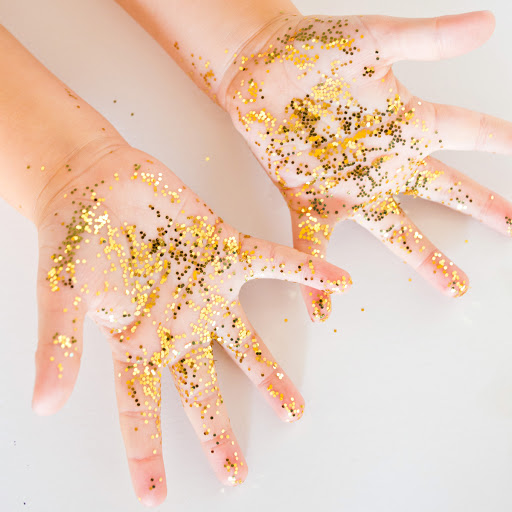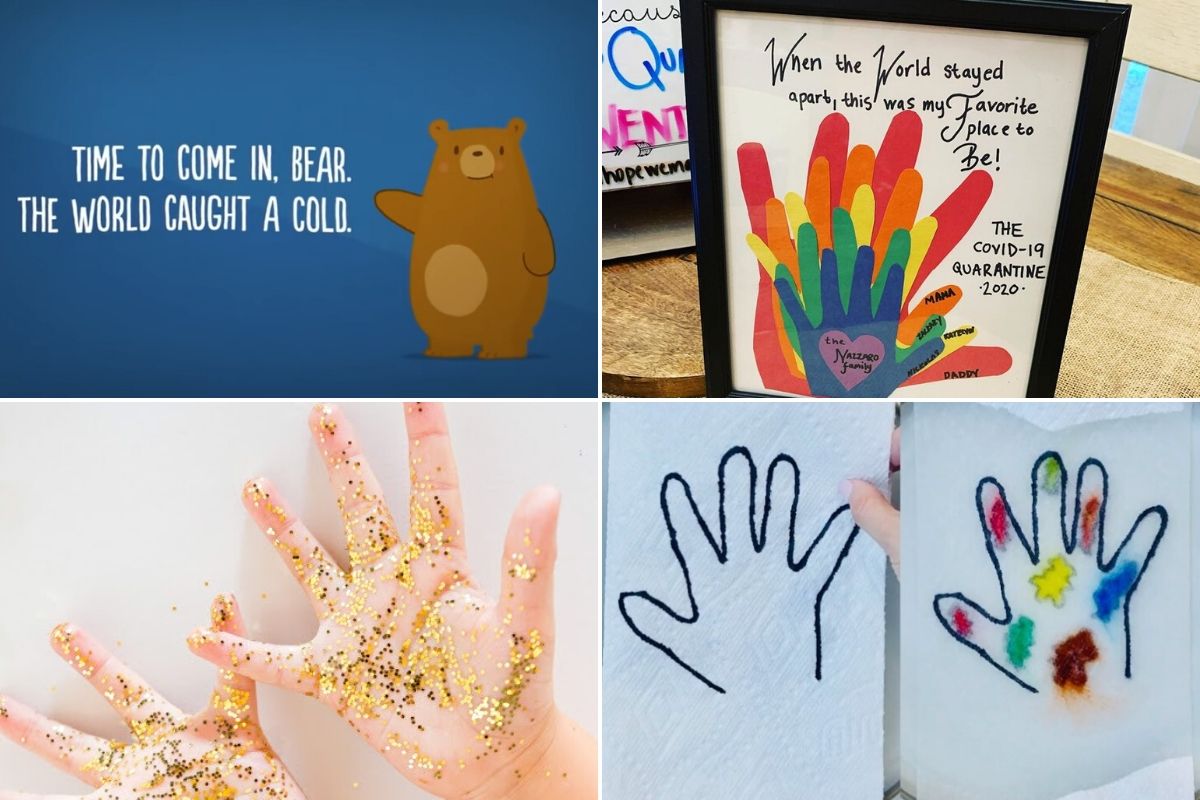As part of the circuit breaker measures to contain the spread of COVID-19, all preschools in Singapore will suspend their general services from 8 April to 4 May 2020. With this sudden announcement, you might be scrambling to find ways to keep your little ones engaged and entertained with different activities as you stay at home.
To help you get through the next few weeks, we’ve put together a handy list of activities that you can do with your child to keep him/her busy at home.
You’ll also be happy to know that these activities double up as great tools to teach your little ones about COVID-19 and the reason why they need to stay home instead of going to preschool!
Read also: Try These Simple Strategies to Help Your Talkative Kindergartener Focus Better!
Read to Your Child
1. “Time to Come in Bear – A Children’s Story About Social Distancing”

Photo: YouTube
As the number of individuals infected with the COVID-19 virus rises rapidly, one of the things we all can do to minimise the risk of catching the virus is to practice social distancing. This involves avoiding crowded places and keeping a safe distance of 1 metre from others.
As you talk to your child about the current situation, you can read the book, “Time to Come in Bear” which explains it all in an age-appropriate way for preschoolers. Apart from defining what COVID-19 is, this story also explains the importance of social distancing in a light-heated manner.
Materials you will need:
- “Time to Come in Bear – A Children’s Story About Social Distancing” by Kim St Lawrence
(Tip: For a more interactive experience, you can also watch this story through this YouTube video.) - A notepad and pen/pencil to jot down your child’s responses
What you need to do:
1. Read the book or watch the video.
2. Talk to your child about the heroes mentioned in the video who help combat the virus, such as doctors, nurses, scientists and delivery people. Use simple terms and language to help your child understand.
3. Highlight the important messages from the story and link them to the current situation. Get your child to share his/her thoughts and feelings.
Here are some examples to help you get started:
- “The world caught a cold” – To explain about the virus/COVID-19
- “You won’t get the germs if you just stay at home” – To explain why it is important to stay home during this period
- “It isn’t forever, Bear…just for a time” – To help your child understand why schools are closed and why he/she can’t see his/her grandparents and friends right now.
- “While we stay inside, bear, the heroes fight” – To explain social distancing and what our frorntliners are doing every day.
- To clean up the germs and make the world alright – To explain to your child about the frontliners who are fighting their battles against the virus to keep us safe.
4. Write down your child’s responses towards the lines in the story. It’ll be fun to look back at this in the weeks or months ahead to recap this story.
Experiment with Your Child
2. Paper Towel Germ Experiment

Photo: @mothercould
How do you explain to young children what germs are? Since this is a rather abstract concept for our little ones, what most parents would end up saying goes something like, “Just because you can’t see them, it doesn’t mean that they aren’t there”.
Conducting this paper towel germ experiment will make things clearer for your child as he/she is now able to “see” how germs react and spread in our environment. This is one of those stay at home activities that helps your kids understand the importance of hygene which corresponds closely with the Covid-19 situation.
Materials you will need:
- Paper towel
- Permanent marker
- Washable markers
- Water
- Plate
What you need to do:
1. Fold the paper towel in half, lengthwise.
2. Trace your child’s hand using a permanent marker.
(Tip: Cover up your table with old newspaper so that the permanent marker won’t stain the surface.)
3. Trace over your child’s handprint again to make sure the marker lines bleeds onto the second sheet.
4. Open the paper towel and draw blob prints on the second sheet using the permanent marker. These blob prints will act as the “germs”.
5. Fill in the blob prints with coloured washable markers.
6. Pour some water on a plate until it’s just enough to cover the surface.
7. Fold the paper towel in half again so that the “germs” are hidden. Then drop it into the plate of water.
8. Watch the germs magically appear!
3. Glitter Germs Handwashing

Photo: The Nerd’s Wife
Your child might have learnt the 8 steps of handwashing in school, but you can extend this lesson by conducting a simple experiment at home involving glitter.
Through this experiment, your child will learn that germs are smaller than what his/her eyes can see and that they are everywhere. The proper handwashing steps are also reinforced as your child realises that the best way to get rid of germs is by washing his/her hands with soap and warm water.
Materials you will need:
- Hand lotion
- A small bag of glitter
- A rectangular container filled with water
- Hand soap
- Paper towel
What you need to do:
1. Press a coin-sized amount of hand lotion into your child’s hand and get him/her to rub both hands together.
2. Sprinkle a small amount of glitter into your child’s hands and get your child to rub his/her hands to spread the glitter evenly.
(Tip: You can tell your child that the glitter represents germs, and that is exactly how germs stick on every imaginable surface, without us realising it.)
3. Get your child to rub the glitter off with a dry paper towel.
4. Then, ask your child to pump out some hand soap and immerse his/her hands into the container of water to get the glitter off.
5. Once done, get your child to wash his/her hands the proper way with soap under running water.
(Tip: Ask your child what he/she noticed when he/she tried to remove the glitter with paper towel and subsequently with water and soap. Use his/her responses to emphasise the importance of proper handwashing with soap and water to get rid of germs.)
Get Crafty with Your Child
4. My Grateful Poster

Despite the tough times that we are going through, you can teach your child that there is always something to be thankful for. This can be anything from having a comfy bed to sleep in to enjoying their favourite food at mealtimes.
Turn this important life value into a “I am grateful for…” poster that you can work on together with your child. Another one of those stay at home activities for your kids during the Covid-19 situation.
Materials you will need:
- Magazines/catalogues/newspapers
- Glue
- Drawing paper
- Markers
- Crayons
- Colour pencils
- Pencils
What you need to do:
1. Get your child to start a list of things/people/places that he/she is grateful for.
You can use these examples to help you out:
- I am grateful for the food that mummy cooks.
- I am grateful for having a nice home to live in.
- I am grateful for my family who loves me.
- I am grateful for doctors and nurses who care for us.
2. On a piece of drawing paper, help your child to draw his/her portrait in the middle.
3. Go through the magazines/catalogues/newspapers together with your child to tear out pictures that represent the list of things that he/she is grateful for.
(Tip: You can teach your child to hold down a ruler on the picture and encourage him/her to use the pincer grip to tear.)
4. After tearing all the pictures, get your child to paste them on the drawing paper around his/her portrait.
5. Let your child colour and decorate his/her poster with colour pencils/crayons.
6. Once done, help your child to pin up this poster in his/her bedroom or the living area of your home.
5. Our Family Handprint

During this circuit breaker period, we all need to do what’s right by staying home as much as possible. This creates more opportunities for moments of family bonding, so why not get everyone involved in a crafty keepsake project?
It’s a great way to look back on this time and to help your child recall what he/she did with the family during this time of togetherness.
Materials you will need:
- Drawing paper
- Coloured paper
- Scissors
- Glue
- Marker
What you need to do:
1. Get each family member to trace his/her handprint on a coloured paper.
(Tip: Let your child choose his/her favourite coloured paper and help him/her trace the handprint).
2. Cut out the handprints from the coloured paper.
3. Arrange the handprints in the middle of a drawing paper, starting from the biggest to the smallest print.
4. Glue the handprints in way that makes them look “united” to convey the feeling of togetherness.
5. Decorate the poster by labelling each handprint with the names of all your family members, followed by an inspirational title.
(Tip: Refer to the collage at the top of this post for some ideas!)
Read also: 7 Important Social Skills Nursery Children Learn in Singapore
These are all great stay at home activities and closely related to current situation for your children to make sense out of it. Keep your preschooler occupied with these hands-on activities as we all stay home during the circuit breaker period. Besides giving your child the opportunity to learn about COVID-19 while working on their developmental skills, these activities also allow you to bond with your child by working on something fun together.
Stay safe, mummies and daddies!
Written by Justina Goh

